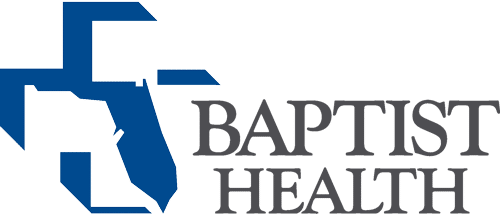One of the most expensive assets in the hospital, the operating room (OR), is also one of the most challenging to utilize efficiently. Managing use of the OR is complex and time consuming. Leadership works to drive optimal financial results by ensuring that valuable time, rooms, and specialized equipment are leveraged to their utmost capacity. But despite their best efforts, results often fall short of expectations. A 2020 OR Manager study cited OR utilization hovering around 60% in most facilities.
Leadership is faced with the challenge of both improving utilization while serving the varying interests of stakeholders throughout the OR. Optimizing use of the OR requires solving the complex math involved in matching demand for surgical services with the available supply of resources. Doing so successfully not only optimizes OR resources like staff, rooms, equipment, and supplies, but also serves the needs of surgeons, their offices and their patients.
This complex problem requires an equally sophisticated solution. Deploying AI-powered solutions to support capacity management across the OR yields greater access, reduced burdens, and better experiences for all involved.
1. Improve access to OR time for surgeons
Inefficient OR utilization impacts all surgeons and service lines, whose varying complexity of cases can in turn make case lengths unpredictable. Scheduling these cases accurately through manual means is not possible, and attempting to do so results in OR time going unused or being assigned inappropriately. When cases are scheduled inaccurately, allocated blocks go underutilized, and leadership struggles to continue allocating that block time according to actual use. Surgeon’s clinics who do not have block time then struggle to obtain the time they need to perform cases, while clinics who do have block time become reluctant to release it to others.
AI-powered surgical scheduling tools predict probable case mix and length, as well as displaying clear and relevant metrics on actual use of OR time and its future availability.They also support appropriate distribution of block time and reminders to encourage proactive releases. The knowledge gleaned from AI promotes more accurate OR scheduling, which aligns with likely case lengths and opens up time for further utilization. Predictive analytics that utilize machine learning provide notifications of when a specific block of time is likely to go unused, with 99% accuracy, so other offices can access the time up to 21 days in advance.
When surgeons and their schedulers have predictable access to needed OR time, cases are more likely to be performed on schedule and staffed appropriately. Fitting more cases on the schedule also boosts the organization’s bottom line.
2. Alleviate administrative burden in the surgeon’s clinic
Surgeons’ clinics are often subject to burdensome tasks and communication churn. Many offices lack a single source of truth to show availability of upcoming times. Efforts to coordinate a single case and signal that it has been booked can entail many rounds of emails, faxes, and phone calls between ORs and clinics, which wastes 20% of staff’s time.
With the support of AI tools that provide a user-friendly marketplace of available time, as well as full visibility into organizational initiatives, metrics and priorities, staff can simplify this process into a single, well-informed click. These tools can also automate prioritization of requests, instantly find time that is available or likely to be released and notify staff when that time can be requested.
Automating these aspects of the perioperative management process empowers staff to work optimally, in less time and with lowered risk of burnout. They can also dedicate time and energy to aligning scheduled cases strategically to best use physical and staffed capacity in the OR.
3. Support a better clinical experience for patients
For patients, underutilized ORs contribute to longer wait times and uncertainty regarding the procedures they need. Surgical procedures also often entail costly inpatient stays for recovery, even though these might not always be necessary. Patients then may undergo delayed discharges, leading to higher health and safety risks as well as further costs.
An AHRQ report from August 2021 showed that over one-quarter of U.S. inpatient stays at that time involved at least one OR procedure, and cost more than twice as much as stays that did not. Redirecting appropriate OR cases to an ambulatory or outpatient setting both obviates the costs and complications of inpatient stays, while supporting a better, safer patient experience for all.
The benefits of AI tools in the OR extend to mitigating the issues OR patients tend to face. Once the surgeon’s clinic has used AI tools to reserve a time for the patient’s procedure, staff can notify patients of the surgery location in a timely way. This prevents confusion and helps avoid long wait or transition times. It also allows a runway to plan for eligible patients to undergo procedures in an outpatient setting. These patients can then return to their own homes sooner to recover, leaving more inpatient capacity available for those who need it.
AI and predictive technology for full OR utilization and optimization
By deploying AI and predictive technology, surgeons are able to get the time that they need, and both the surgeons and the OR can provide a much more predictable schedule for OR staff, and a much better experience for patients. Overall, this will lead to optimizing the OR, particularly during prime hours, as data is fully visible and personnel can make informed, strategic choices to match demand for time with historically constrained resources.
To learn more about how hospitals and health systems are raising ROI with AI in their perioperative spaces, see our solution iQueue for Operating Rooms.
A version of this article originally appeared on Becker’s Hospital Review.





